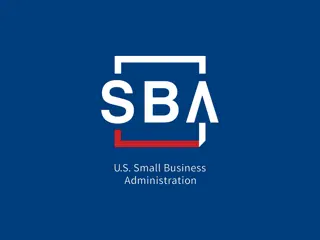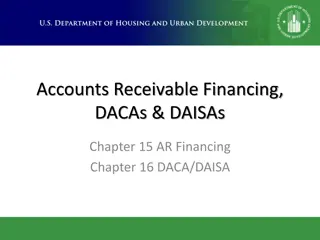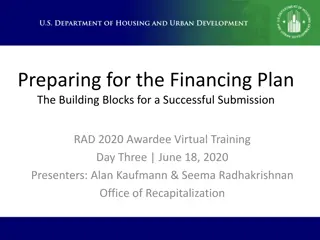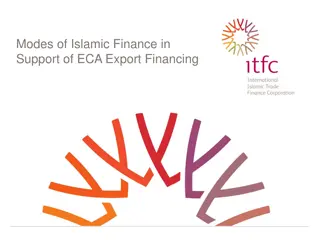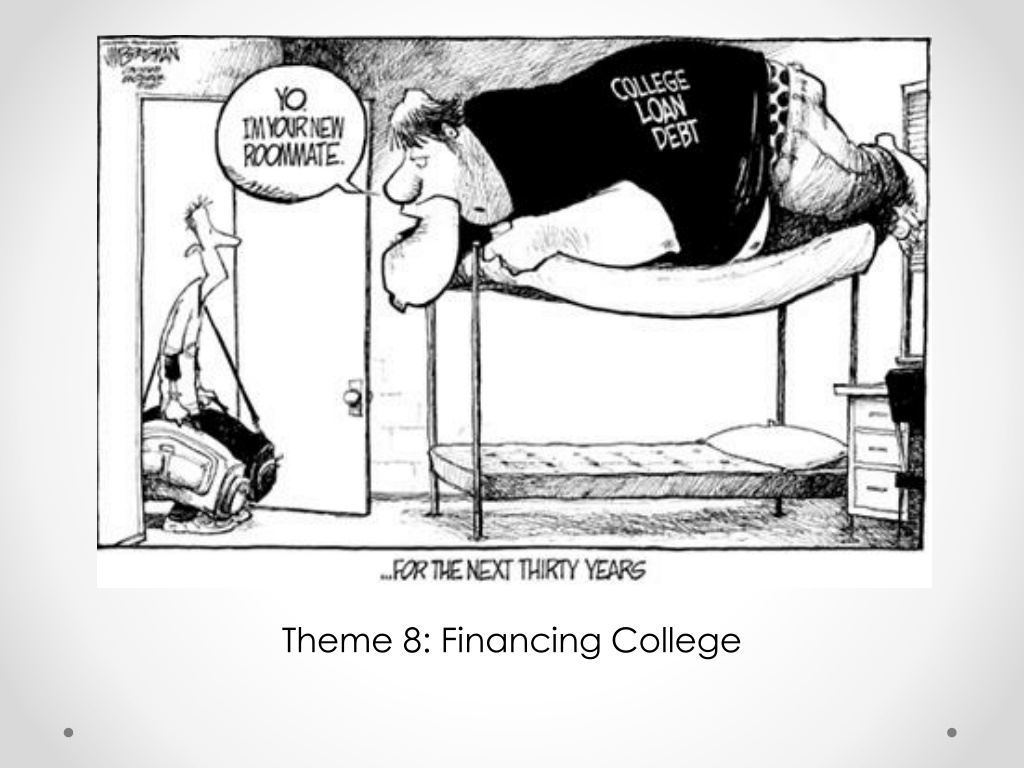
Understanding College Financing Options
Discover the various aspects of financing college education, including the costs, potential gains, and types of financial aid available. Learn about the importance of grants and scholarships over student loans and get insights on managing student debts effectively.
Download Presentation

Please find below an Image/Link to download the presentation.
The content on the website is provided AS IS for your information and personal use only. It may not be sold, licensed, or shared on other websites without obtaining consent from the author. If you encounter any issues during the download, it is possible that the publisher has removed the file from their server.
You are allowed to download the files provided on this website for personal or commercial use, subject to the condition that they are used lawfully. All files are the property of their respective owners.
The content on the website is provided AS IS for your information and personal use only. It may not be sold, licensed, or shared on other websites without obtaining consent from the author.
E N D
Presentation Transcript
What is College? What are you paying for? What do you hope to gain from the experience? What is this product?
Why go to college? College graduates make more money? Average Lifetime Earnings Professional Degree $5,612,760 Doctorate (Ph.D.) $4,449,440 Master's Degree $3,337,800 Bachelor's Degree $2,742,160 Associate's Degree $1,920,680 Some College, No Degree $1,863,040 High School Graduate $1,531,400 High School Dropout $1,102,120
Paying for College: Your Role You have the primary responsibility to pay for higher education. o Alternatives? The role of financial aid is to offer assistance to families who need help paying for college o Who? Main players: oStudents o~ Parents
Consider No one knows better than recent grads how expensive college is. The college class of 2016 graduated with an avg. of $37,172 in student loans says Mark Kantowitz, a higher-education expert. They were the most indebted class ever- up 6% from the year before. With debt totals climbing each year, it s easy to picture today s high school seniors owing more than $40,000 when they finish college.
So how do people do it?? Sallie Mae- 2012
5 Types of Student Aid 1) Gift aid, such as grants and scholarships: free money that does not need to be repaid. o Scholarships and grants can be academic, athletic, income- based or sociocultural 2) Work-study jobs: Part-time student employment jobs which let you earn as you learn. o Work study is based on your family s income and is filled on a 1st come 1st serve basis 3) Student loans: Money that is repaid over several years, usually with interest. o Student loans may be taken out by the student or the parent 4) Education tax benefits: such as the Hope Scholarship tax credit, which is money you get by filing a federal income tax return, even if you don t owe any taxes. 5) Military student aid: such as ROTC and the GI Bill, where you earn money for your education in exchange for service in the United States Armed Forces.
So which is the best type of student aid? Grants and scholarships are better than student loans because you don t have to pay them back! Need Based: Some funds are awarded based on financial need (the difference between the costs and ability to pay) Merit Based: Some funds are based on academic, artistic or athletic merit or other skills and activities GPA/ACT or SAT score/Class rank/extracurriculars Some funds are based on unusual criteria Creating a prom costume out of duct tape A scholarship for left-handed students
Federal v. Private Loans Benefits of Federal loans: o Federal student loans come with a number of benefits typically unavailable with private options. Once they enter repayment, federal student loans let you base payments on your income, pause repayment if you re unemployed or facing a financial hardship, and potentially forgive your balance if you meet certain criteria. - (US News and World Reports)
Loan Comparison- $30,000 Federal Student Repayment v. $30 Private Student Repayment Interest Rate: 3.75% Interest rate: 8.5% $300.33 (monthly payment) X 120 months= $36,099.04 371.96 (monthly payment) X 120 months = $44,634.85 How much in interest? How much in interest? What s the difference?
University Endowments Endowments represent money or other financial assets that are donated to universities or colleges. o The sole intention of the endowment is to invest it and further invest in the institution. o They often follow very strict guidelines about how much can invested back into the institution each year and for what reasons. o One reason is to cover tuition of future students. Less than $60,000 and you are accepted, you may not have to take out loans.
Paying for College- The Bottom Line Cost of Attendance/Budget oBillable (Tuition, Room and Board, Fees) oNon Billable (Books, Personal Expenses, Travel Expenses) Cost (Billable and Non-Billable) - financial aid you receive = What you will need to pay
Ted Talks: How Student Loans Exploit Students for Profit- Sanjay Samuel








